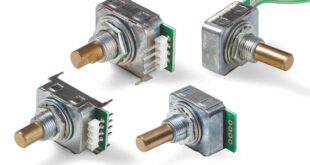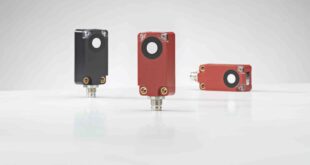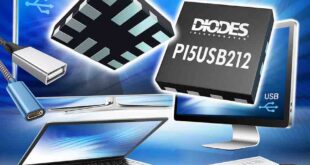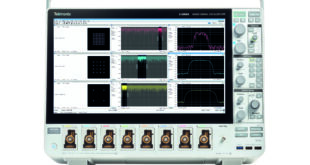Modern electronic assemblies are becoming more and more complex with an increasing number of components. This makes it difficult to fit all parts into the limited space available for printed circuit boards (PCBs). To meet these challenges, engineers are using miniaturised components and flexible or rigid-flex PCBs. However, a very strong trend is 3D packaging.
Harting recognised the need for a solution as many applications require a lot of manual work, which is inefficient and error-prone. A comprehensive analysis of manual work steps in PCB assemblies revealed that a large percentage of them are due to the vertical assembly of one or more electronic components to the main PCB. Engineers have taken up the challenge of developing a component that will increase automation, save work steps, and reduce costs for customers. The result ishe 3D-MID Component Carrier.
3D-MID also known as 3D-Circuits, stands for 3D Mechatronic Integrated Device, a manufacturing technology in which circuits are integrated directly into three-dimensional plastic parts.
Harting knows that integrating more functions in limited space and driving miniaturisation are critical aspects in the development of medical products. The 3D-Circuits Component Carrier addresses these pain points efficiently.
1. Vertical Placement of Electronic Components:
Vertical placement of electronic components on a PCB is challenging because it usually requires manual assembly. This can be time-consuming, labor-intensive and lead to errors.
Harting’s Chip Carrier is a solution that addresses these challenges. It is suitable for a wide range of applications, including Hall effect and acceleration sensors, ICs, and LED applications. It is also compatible with multiple soldering processes, making it a versatile and flexible solution.
Here are some of the key benefits of the Chip Carrier:
Eliminates the need for manual assembly
Improves accuracy and repeatability
Compatible with multiple soldering processes
Versatile and variable
The assembled component carrier can be fully automated as a sub-assembly on standard SMT machines, which can simplify the production process and offers the potential to miniaturize your final product.
2. Eliminating piggyback boards
Piggyback PCBs are two separate PCBs that are stacked on top of each other. They are often used when there is not enough space for a single PCB. 3D-Circuits offer a number of benefits over piggyback PCBs. They are smaller, lighter, and easier to manufacture. They also offer greater design flexibility and can be processed fully automatically with SMT machines.
As a result, 3D circuits are becoming increasingly popular in a variety of applications in medical, automotive as well as in industrial and consumer electronics.
The Chip Carrier is a valuable solution for anyone who is looking to simplify the vertical placement of electronic components on PCBs. It is a time-saving, cost-effective, and reliable solution that can be used in a wide range of applications.
3. Adapter function
The Harting component carrier can be used as an adapter for alternative packaging. This is particularly useful if your original component is no longer available, but you want to use another component with the same function.
The component carrier adapts the footprint of the alternative package to the footprint of the original component. There is no need to change the layout of the main PCB and this means validation and qualification loops can be avoided, this saves you time and money.
With the highly fluctuating delivery times of semiconductors, security of supply is further increased in this way.
3D-Circuit layout design and manufacturing of chip carrier
Altium offers capabilities for PCB layouts with the new 3D Circuit Design. Engineers can import the chip carrier 3D file into Altium Designer and perform routing individually on the carrier’s surface. The exported design can be directly used for customised manufacturing of a component carrier.
On the injection-moulded substrate of the carrier, a laser ablates a thin layer of the thermoplastic, creating a pattern that is used in the subsequent chemical plating process to build-up electrical conductors. In this way, customised layouts and designs can be created with easy adaptation of the laser program.
The electronic components are assembled by Harting. In the process, the components are also glued to the chip carrier to withstand subsequent soldering processes several times without the components shifting.
 Engineer News Network The ultimate online news and information resource for today’s engineer
Engineer News Network The ultimate online news and information resource for today’s engineer





